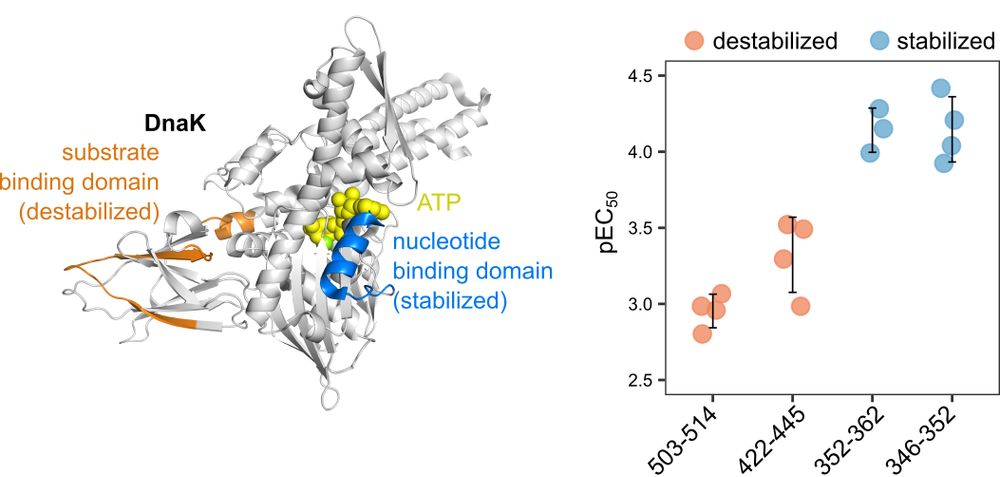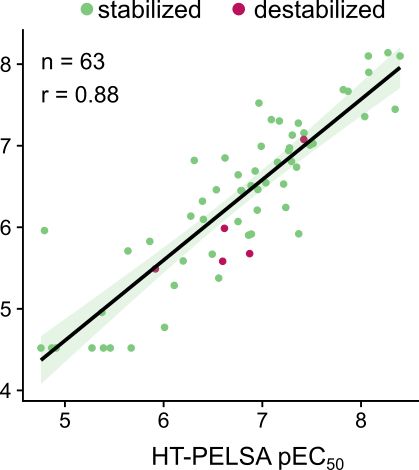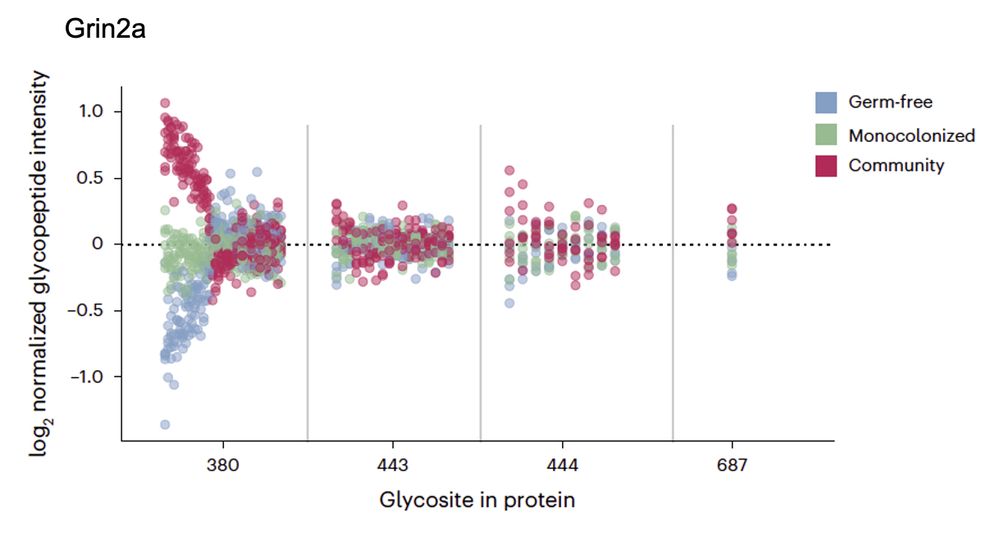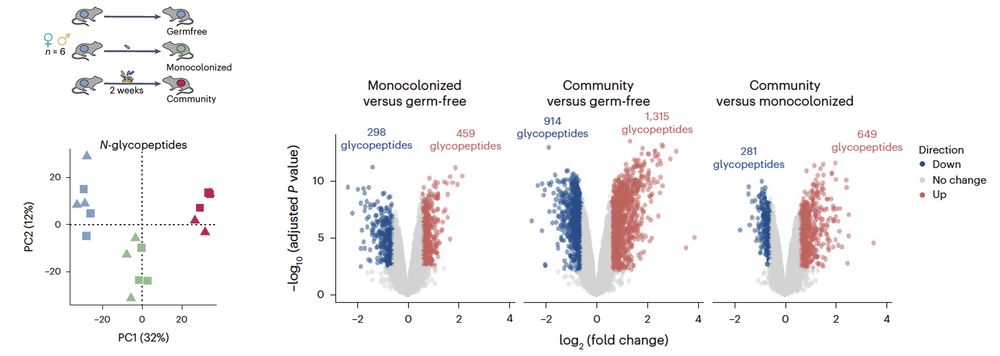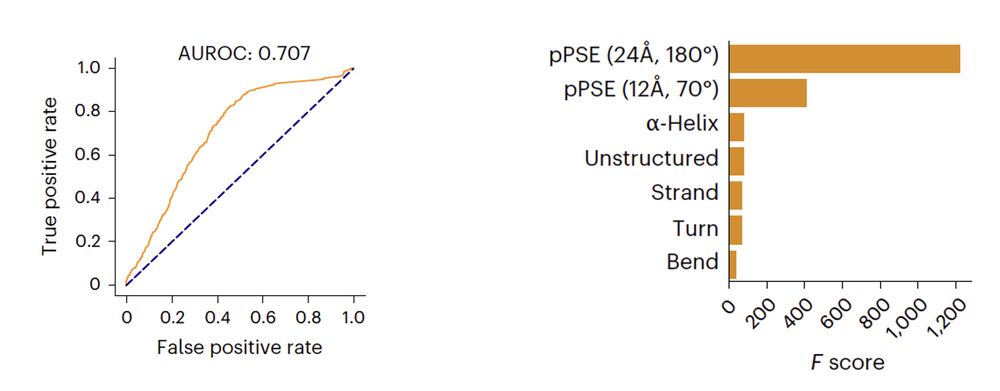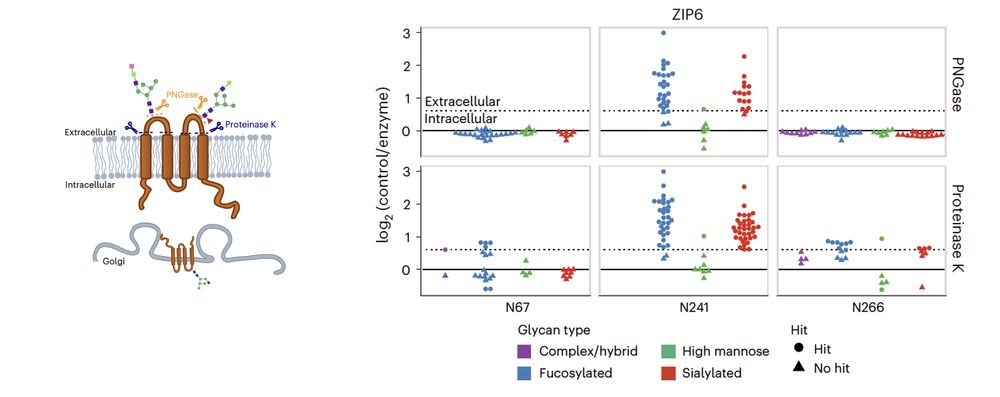
This work was led by Kejia Li @kejiali.bsky.social and Clément Potel with contributions from Isabelle Becher, Nico Hüttmann @nicohuettmann.bsky.social , Martín Garrido-Rodríguez
@martingarridorc.bsky.social, and Jennifer Schwarz.
This work was led by Kejia Li @kejiali.bsky.social and Clément Potel with contributions from Isabelle Becher, Nico Hüttmann @nicohuettmann.bsky.social , Martín Garrido-Rodríguez
@martingarridorc.bsky.social, and Jennifer Schwarz.

